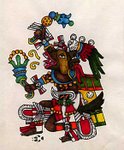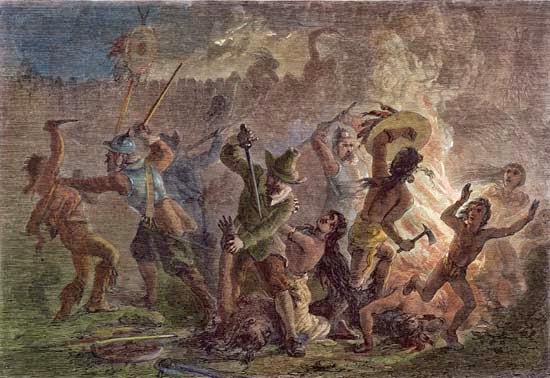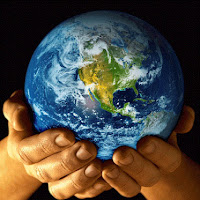In Paris the United Nations meet to discuss the fate of the Earth and the streets are filled with throngs protesting in her favor as were the streets of cities throughout the world during this last week. In the halls of power the nations will discuss whether it is to be one or two more degrees Celsius that the Earth will bear as her fever rises ever more dangerously and threatens life itself. The powerful will discuss whether it is politically feasible to contain the fever and who will bear the cost.
But little is heard of confronting the ill at the roots of its cause, an economic/political system whose most basic premises have proven toxic, the economics and politics of empire formulated in the 17th century for which the Earth is but a source of wealth, a world-view and economics “extractive” to their core, not only of oil and gas and coal and metals and the trees of the forests, but of people themselves, slavery by whatever modern term we call it. I speak of Capitalism grown lethal.
Whatever the United Nations decide, it will be for naught if we allow the Trans Pacific Partnership treaty to become fact, for it and such “Free Trade” treaties are but the global imposition of an unbridled Capitalism, treaties reached not by nor for the benefit of nations, but by the wealthy who control the governments for the benefit of themselves. These wealthy banded together in juggernauts known as Corporations override governments who may oppose their extractive “rights”, force populations to work for slave wages, and curtail civil freedoms.
In the current most powerful empire, our own United States of America, “our” government, long pretending to democracy, is “owned” by corporate interests, the taxes we pay (precious little by the wealthy) are consumed by continual war to protect “our interests” (meaning the interests of the corporations.) Perpetual war of which the general population is but vaguely aware because it is now mostly waged with technological weapons not by citizen soldiers but “outsourced” to private corporations at huge cost to ourselves the ordinary citizens (paid for by our tax-money) and for huge profits to the corporations. (The old term for soldiers for hire is mercenaries.) War against “terrorism” they call it, while U.S. foreign policy is nothing less than terror.
And in the civil sphere we are denied the benefits of our labors: medical care, decent housing, adequate education, healthy food, leisure even in age, an imposed “austerity” they call it; “austerity” something the rich never impose upon themselves. The costs of living rise ever more; our public schools are in shambles (more and more becoming “privatized”, read owned by corporations); our public health coverage meager (and resented by the insurance corporations); our food unhealthy, grown and molecularly modified and brought long distances at great expense and much pollution by corporations; an outrageous number of our citizens (overwhelmingly black and brown and poor) are imprisoned in jails (privatized and hugely profitable to the corporations who run them); we are spied upon by our government (mostly by “outsourced” investigative corporations, many linked to the very corporations that control our means of communication, the telephone and the Internet); and our freedoms grow more and more curtailed.
Our political system is bought and public discontent is used by wealthy demagogues from those very corporations for their own ends by fanning the fires of racism and hate (inherited from the very economics of empire) against “the other”, the “immigrant”, the people displaced from their homelands by our policy of economic plunder and war.
I leave unspoken the effects of our government/corporate policies in other countries who have their own bought governments in league with ours. The wealthy, I am afraid, have more in common with each other than with the poor of their own land.
If you expected a poem, you may feel cheated, but the moment is dire and truths must be faced. We cannot speak of climate change, of the health of the Earth, of survival without speaking of justice founded in compassion for we have come to that point in our evolution that nothing, nothing short of love for each other and the Earth that births and sustains us can save us from ourselves. Many of my friends are now in Paris speaking for life and even more are in their respective lands trying to tip the balance toward survival. Against great odds I still hold faith that love and reason will prevail.
Rafael Jesús González
Berkeley, California
Berkeley, California
-





































